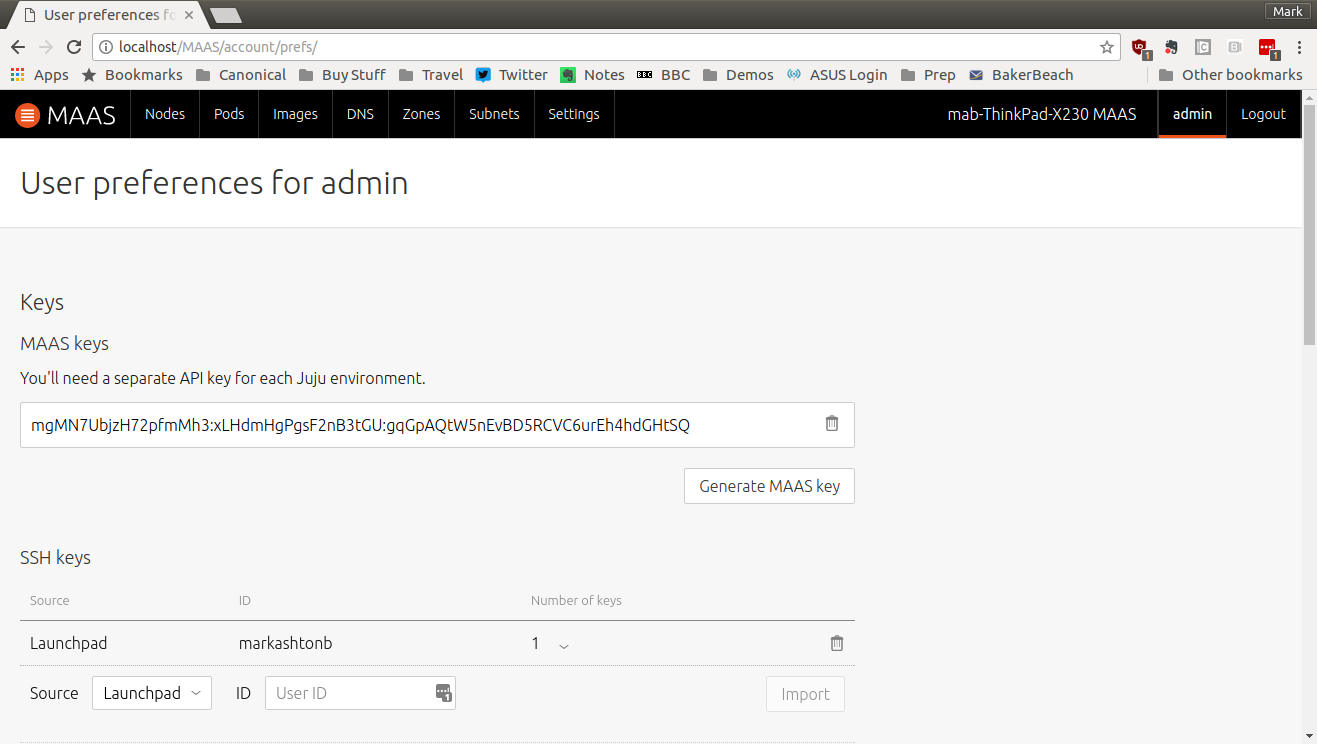

If you do really want to stick to an automated deployment I would recommend using openstack-ansible, openstack-puppet, or kolla. Also, if you run into problems with that deployment you are more likely to get help from folks on IRC in #openstack than you are with juju problems.

At a minimum you will learn what all of these deployment tools are doing, which helps to figure out what to do when they fail. The guide walks you through every step, should only take a few hours, maybe a day if you add in the time to bang your head against the wall when some step doesn't quite work. You might want to look into going through and doing it manually at least once. I've looked into installing all the components separately, but that seems to be a nightmare for a one-man job, because eventually I need to get a xen-hypervisor-4.6 compute node to connect to it to this controller. Am I at least on the right track with these tools, or do I need to completely change my process. juju deploy cs:bundle/openstack-base-42įrom, but that fails as well, and I'm sorry but I forgot the error message for that one.Any help would be most appreciated.īesides for conjure-up, I've tried using juju directly. If I choose the default "OpenStack" option then every lxc is just put in an error state when I do a juju status. This leads to the error message: "error cannot deploy bundle cannot deploy service "lxd" unkown option block-device". every pink screen just press enter for default options.
#Conjure up openstack default login install#

A maas user will need to be configured on the KVM host.If using KVM, the power configuration type will be virsh.Create a 'maas' virtual network with DHCP disabled and NAT enabled.1 40GB drive (note: the default conjure-up OpenStack configuration prefers two drives per node).4 GB RAM (any less starts causing failures) (I haven't completely confirmed that all services function normally with this amount).I used an amd64 KVM system w/ 8-cores and 32GB RAM.įor the most part, follow the Canonical OpenStack cluster installation instructions here: This is not a complete answer to this question, but my reason for trying OpenStack w/ NovaLXD was to create a virtual system for testing, and the following will achieve a similar result w/ conjure-up.


 0 kommentar(er)
0 kommentar(er)
